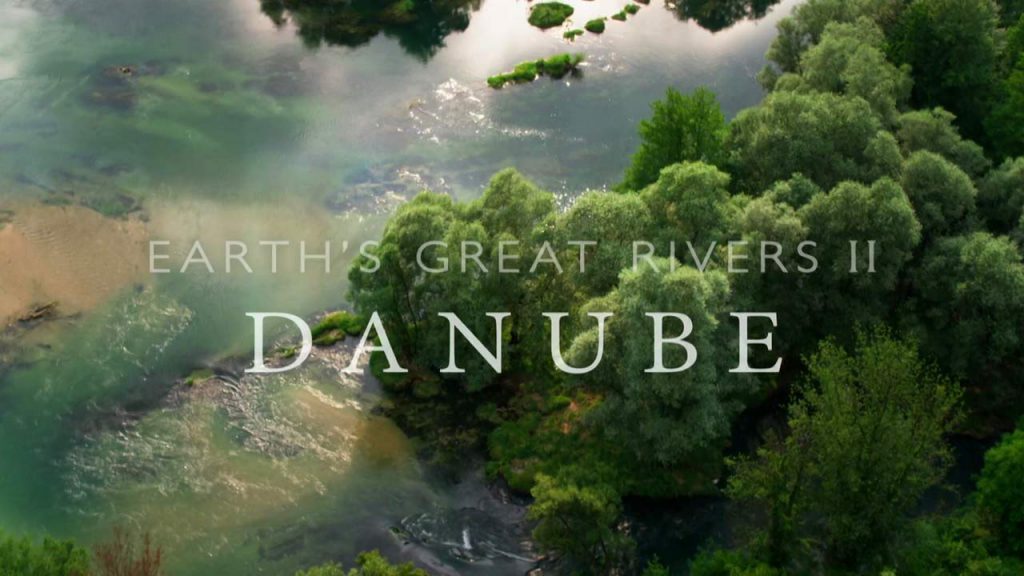Great Rivers episode 2 – Danube: From crystal-clear waterfalls to baby turtles the size of a thumbnail – explore the magical wonders of the Danube. Branching out across Europe, its tributaries gather water from 19 countries, making it the world’s most international river. Along its epic journey, it takes in alpine forests, raging rapids, ancient kingdoms and diverse cultures. It’s a river that links people and nature: intrepid ice runners jump crevasses on its frozen headwaters, and scientists dive through vast water-filled caves beneath ancient cities.
Alternative stream
From the spectacular swarming of mayflies to the spawning of a rare giant fish, the Danube is the ‘queen of rivers’, offering surprise at every turn – finally transforming into Europe’s most spectacular wetland at the end of its 2,000-mile journey as it reaches the Black Sea.
Great Rivers episode 2 – Danube
The Danube (/ˈdæn.juːb/ DAN-yoob; known by various names in other languages) is the second-longest river in Europe, after the Volga in Russia. It flows through much of Central and Southeastern Europe, from the Black Forest into the Black Sea. Its longest headstream Breg rises in Furtwangen im Schwarzwald, while the river carries its name from its source confluence in Donaueschingen onwards.
The Danube was once a long-standing frontier of the Roman Empire and today is the river running through the largest number of countries in the world (10; the Nile is second with 9). Originating in Germany, the Danube flows southeast for 2,850 km (1,770 mi), passing through or bordering Austria, Slovakia, Hungary, Croatia, Serbia, Romania, Bulgaria, Moldova and Ukraine before draining into the Black Sea. Its drainage basin extends into nine more countries. The largest cities on the river are Vienna, Budapest, Belgrade and Bratislava, all of which are the capitals of their respective countries. Five more capital cities lie in the Danube’s basin: Bucharest, Sofia, Zagreb, Ljubljana and Sarajevo. The fourth-largest city in its basin is Munich, the capital of Bavaria, standing on the Isar River.
The Danube river basin is home to fish species such as pike, zander, huchen, Wels catfish, burbot and tench. It is also home to a large diversity of carp and sturgeon, as well as salmon and trout. A few species of euryhaline fish, such as European seabass, mullet, and eel, inhabit the Danube Delta and the lower portion of the river.
Since ancient times, the Danube has been a traditional trade route in Europe. Today, 2,415 km (1,501 mi) of its total length are navigable. The Danube is linked to the North Sea via the Rhine–Main–Danube Canal, connecting the Danube at Kelheim with the Main at Bamberg. The river is also an important source of hydropower and drinking water. Many European borders, especially in the Balkans, are also drawn by the Danube’s stream.




